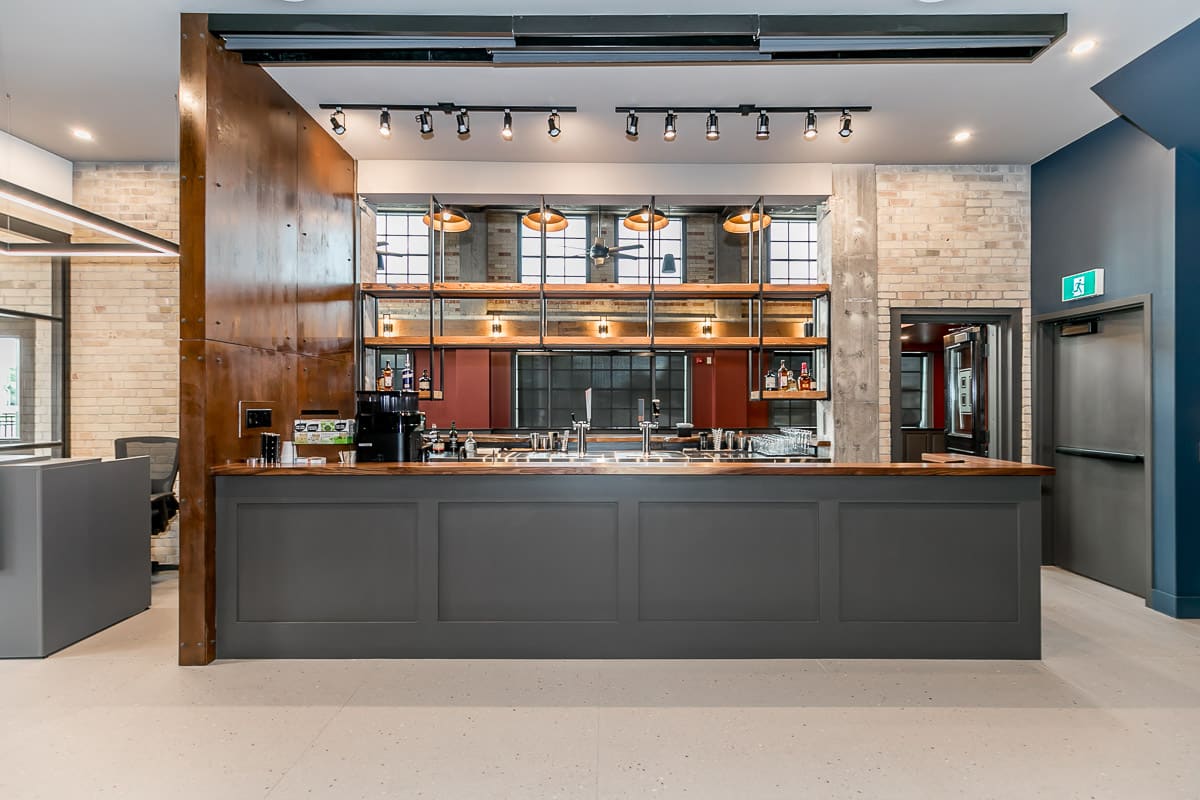The global pandemic has reshaped the way we work, prompting a significant shift in office culture and the expectations employees have for their work environments. As businesses transition towards a post-pandemic era, interior design is taking center stage in creating spaces that not only prioritize safety but also foster a positive and adaptive office culture. In this article, we will explore the evolving landscape of post-pandemic office culture and the crucial role that interior design plays in shaping its success.
Hybrid Work Models and Flexibility:
The rise of remote work during the pandemic has prompted a reevaluation of traditional office setups. Interior designers are now tasked with creating flexible workspaces that accommodate hybrid work models – a blend of in-person and remote collaboration. Designing flexible workstations, providing adaptable meeting spaces, and integrating technology seamlessly are key components in supporting a workforce that values the flexibility to work from various locations.
Emphasis on Employee Well-being:
Post-pandemic office culture places a heightened focus on employee well-being, encompassing both physical and mental health. Interior designers are incorporating elements of biophilic design, ergonomic furniture, and wellness spaces to create environments that promote a healthy work-life balance. Thoughtful design choices contribute to an atmosphere that prioritizes employee well-being, reducing stress and enhancing overall job satisfaction.
Space Utilization and Physical Distancing:
The need for physical distancing has prompted a reassessment of office layouts and space utilization. Interior designers are creating designs that allow for a balance between collaboration and safety. This may involve reconfiguring workstations, providing dividers or partitions, and optimizing spatial layouts to ensure that employees can work comfortably while adhering to health guidelines.
Technology Integration for Seamless Collaboration:
As remote and hybrid work become more prevalent, technology integration is crucial for seamless collaboration. Interior designers are incorporating state-of-the-art technology solutions to facilitate virtual meetings, digital collaboration, and real-time communication. Smart office systems and video conferencing capabilities are seamlessly woven into the design, ensuring that the office remains a hub for effective collaboration, regardless of physical location.
Cultural Reinforcement Through Design:
The office environment serves as a tangible representation of an organization’s culture. Interior designers play a pivotal role in translating company values into the physical workspace. Whether through branded aesthetics, thematic motifs, or the strategic placement of collaborative spaces, design elements can reinforce the company’s cultural identity and foster a sense of belonging among employees.
Agile Workspaces for Innovation:
Post-pandemic office culture values adaptability and innovation. Interior designers are responding by creating agile workspaces that can be easily reconfigured to accommodate changing needs. Modular furniture, flexible layouts, and multi-functional spaces empower employees to tailor their environment to specific tasks, promoting creativity and adaptability within the workplace.
Creating a Sense of Community:
Despite the rise of remote work, the office remains a central hub for fostering a sense of community among employees. Interior designers are conceptualizing communal areas, breakout spaces, and social hubs that encourage spontaneous interactions, team-building activities, and moments of connection. These spaces contribute to a vibrant office culture where collaboration and camaraderie thrive.
As we navigate the post-pandemic landscape, interior design emerges as a critical factor in redefining office culture. From flexible workspaces that accommodate new work models to technology integration that supports seamless collaboration, designers are at the forefront of shaping the modern workplace. By prioritizing employee well-being, fostering innovation through agile design, and reinforcing cultural identity, interior design plays a pivotal role in ensuring the success of post-pandemic office cultures. As organizations continue to adapt to the evolving needs of their workforce, the collaboration between interior designers and workplace strategists will be instrumental in creating offices that inspire creativity, foster community, and support the well-being of employees in this new era of work.

